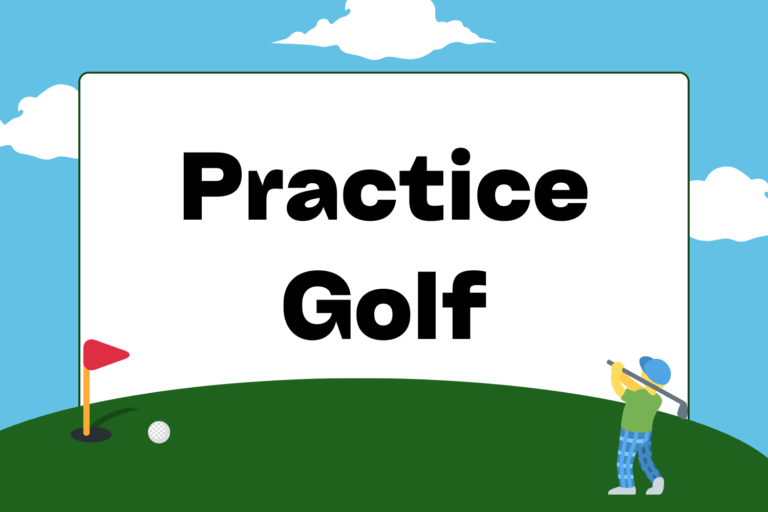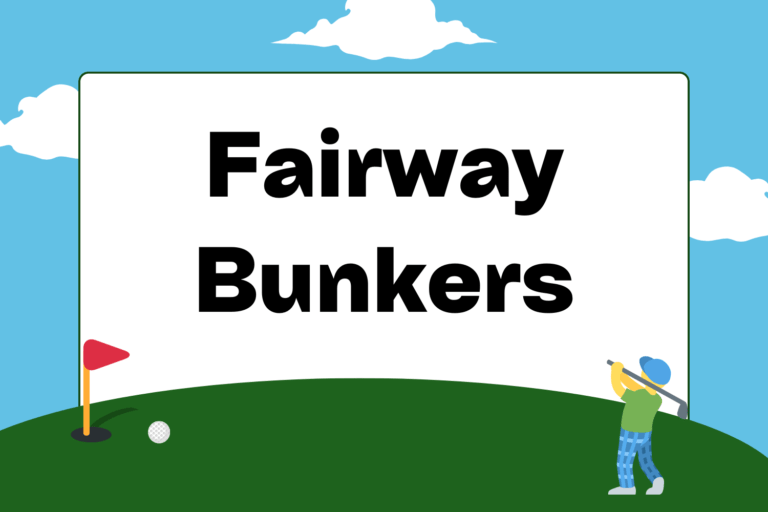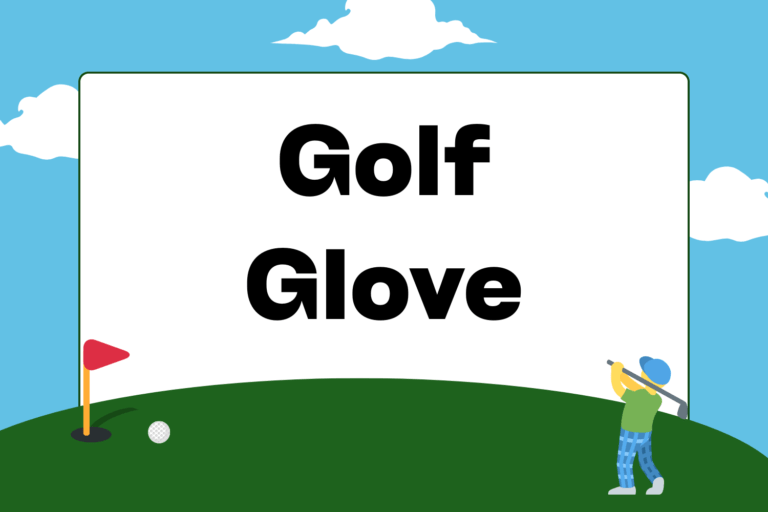On the golf course, every hole starts with a tee box — the place from where you hit your first shot. From the tee box, you have an advantage that you don’t have anywhere else on the course — you can tee up your ball.
New golfers may not understand the point of teeing up a ball, and some may wonder if there’s even a correct way of doing it. Well, if you’re one of those golfers, you’re in luck. This guide covers those questions and more.
The Tee
A tee is a wooden or plastic peg that golfers can use on their first shot of every hole. The tee goes into the ground and the golf ball balances on top of it, putting some distance between the ground and the ball.
That extra space is especially useful when using your driver — your biggest club. With your driver, you want to hit the ball a little bit on your upswing to create topspin and more distance. Having the ball teed up helps you do that.
But even when using your other clubs, putting your ball on a tee when you can is the best way to go. It ensures that you have the best chance to make clean contact with the ball.
When & Where to Use a Tee
As nice as it is it to hit from a tee, there’s only one place on each hole where you can use one: The tee box.
The tee box is set up at the start of every hole. There are usually a few hitting areas on a tee box — designated by colored or named sets of tees.
Find the set of tees you’re hitting from and tee up your ball between that set of tees. You can tee up your ball as far as two club-lengths behind the set of tees, but be careful — you’ll be penalized if you tee up the ball in front of your chosen set of tees.
Once you hit your ball off the tee, you have to play the ball as it lies for the rest of the hole. Once you’re done playing a hole, you can tee up your ball at the next tee box to start playing the next hole.
How High to Tee It
One of the most commonly asked questions in golf is, “How high should the ball be teed up?”
The answer isn’t as simple as some might like, but it isn’t too complicated, either. Depending on the club and the type of shot you’re trying to hit, here are some general suggestions on how high you should tee up your ball:
Driver:
The general rule of thumb is to tee the ball up so that when you address the ball with your driver, half of the ball is above the club’s face. For more powerful swings, try teeing it up a bit higher. For golfers who tend to slice or hook the ball, tee it up a little lower to reduce the amount of spin you put on the ball.
Woods:
Your fairway woods are more lofted than your driver, so you don’t need to tee the ball up as high with these. Instead, try to give your tee a finger’s width of space between the ball and the grass.
Irons & wedges:
If you’re avoiding the driver in favor of a safer club on a hole, or if you’re playing a short par three, you’ll probably use an iron or even a wedge off of the tee. With these clubs, you don’t need any additional loft. Put the tee into the ground as far as you can. You’ll have the advantage of hitting your ball from the cleanest possible lie without disturbing the way these higher lofted clubs are designed to be used.
Prepping for Tee Time
To get the best possible results from your tee shots, you’ll have to experiment on the driving range. Once you try hitting shots from different tee-heights, you’ll be able to learn which height works best for each club and type of shot. The key is to be consistent once you’ve found that right level, and consistency only comes with practice.





